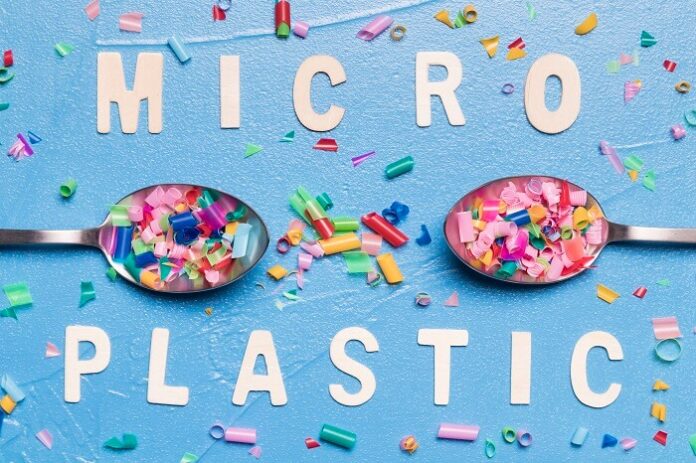In recent years, the widespread issue of plastic pollution has become increasingly evident, with microplastics discovered even in the most remote areas of our planet. However, new research reveals a more troubling reality: these tiny plastic particles have infiltrated our bodies in unexpected ways. Microplastics are now showing up in human tissues—from the brain to reproductive organs and even the bloodstream—raising concerns about their health implications.
Microplastics Found in the Human Brain
A groundbreaking study has provided the first evidence of microplastics in the human olfactory bulb, the brain region responsible for processing smells. This finding raises serious questions about the potential neurotoxic effects of these particles and how they may reach brain tissues.
Researchers examined olfactory bulb tissues from 15 deceased individuals who had lived in São Paulo, Brazil, for over five years. Utilizing advanced micro-Fourier transform infrared spectroscopy, they identified microplastics in the olfactory bulbs of 8 out of the 15 individuals. In total, they discovered 16 synthetic polymer particles and fibers, with polypropylene being the most prevalent polymer.
The microplastics measured between 5.5 μm and 26.4 μm for particles, with an average fiber length of 21.4 μm. These dimensions suggest the particles could potentially cross the blood-brain barrier or reach the brain via the olfactory pathway.
Dr. Luís Fernando Amato-Lourenço, the lead author of the study, highlighted the significance of these findings: “This case series provides evidence of microplastics found in the human olfactory bulb, indicating a possible pathway for their translocation to the brain. These results underscore the need for further research into the health implications of microplastic exposure, particularly regarding neurotoxicity and their ability to bypass the blood-brain barrier.”
Microplastics in Reproductive Organs
Another concerning study found microplastics in the testes of both humans and dogs, raising serious concerns about their potential effects on male fertility and reproductive health.
Researchers from the University of New Mexico analyzed 47 canine and 23 human testes for the presence of 12 types of microplastics. Using advanced pyrolysis-gas chromatography/mass spectrometry, they detected microplastics in all samples tested.
Both species showed similar proportions of major polymer types, with polyethylene (PE) being the most dominant. The mean total microplastic levels were found to be 122.63 μg/g in dogs and 328.44 μg/g in humans.
The researchers also explored possible links between microplastics and sperm count, as well as the weights of the testes and epididymis in dogs. They found a negative correlation between certain polymers, like polyvinyl chloride (PVC) and polyethylene terephthalate (PET), and the normalized weight of the testes, suggesting that exposure to these microplastics could adversely affect testicular development and function.
Dr. Xiaozhong Yu, one of the authors, commented on the implications of their findings: “Our study is the first to quantify and characterize microplastics in human testes, indicating that these particles may negatively impact male fertility. Further research is necessary to understand the full extent of microplastics’ effects on male reproductive health and overall well-being.”
Microplastics and Cardiovascular Risk
Perhaps the most alarming recent discovery, which found a strong link between microplastics in arterial plaque and an increased risk of cardiovascular events.
Conducted by Italian researchers, the study involved 257 patients who underwent surgery to remove plaque buildup from their carotid arteries. The researchers used sophisticated chemical analysis techniques and high-resolution electron microscopy to examine the excised plaque specimens for microplastics and nanoplastics (MNPs).
As reported by naturalblaze.com, the results were striking: 58.4% of patients had measurable amounts of polyethylene in their arterial plaque, with an average concentration of 21.7 micrograms per milligram of plaque tissue. Additionally, 12.1% of patients had detectable levels of polyvinyl chloride.
The most concerning aspect was the follow-up on patients’ health outcomes nearly three years post-surgery. Those with MNPs found in their excised plaque had a staggering 4.53 times higher risk of experiencing a major adverse cardiovascular event, which included heart attacks, strokes, or death from any cause, compared to those without detectable MNPs in their plaque.
Dr. Philip Landrigan, who wrote an accompanying editorial, stressed the urgency of addressing this issue: “Inaction is no longer an option. We must encourage our patients to reduce their reliance on plastics, especially unnecessary single-use items.”
























